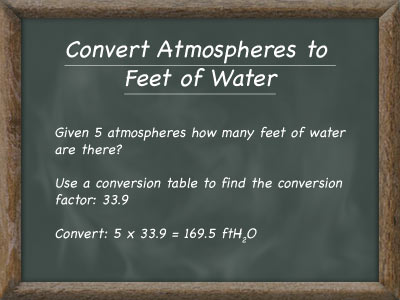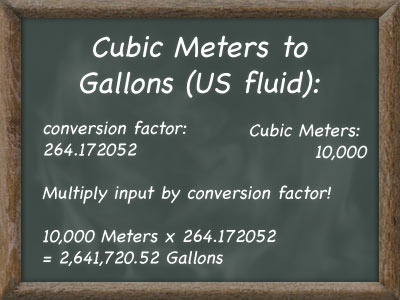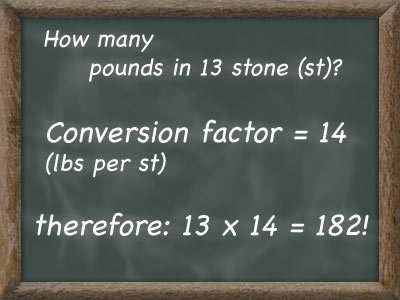How can gravity be converted to inches? When we’re talking about converting gravity to inches we’re searching for an acceleration not a length. More specifically the question should be how can gravity be converted to inches per second per second or some other acceleration units. Find out below!
Use the Standard Gravity to Inches per Second per Second Calculator.
First Things (Newton’s) First
A very smart person — lets call him Sir Isaac Newton — once wrote three very important laws that govern the motion of all things around us (that is medium sized things on planet Earth, things that are very very small or very very large or travelling really really fast don’t like to play by some of Newton’s rules).
Newton’s first law describes how forces control the behaviour of objects in motion or at rest. According to Newton’s first law any object will stay doing whatever it’s doing unless a force is applied. How is the application of force related to gravity?
Gravity is a force acting between two masses to bring them together, yes any two but you’ll probably only feel the large one. The mass of Earth (the planet) applies a large force to all masses near / on it (like you and all the medium sized stuff around you). Application of force makes objects change what they’re currently doing (Newton’s first). Anything an object is currently doing is called its velocity, even if it’s at rest (like miles per hour or kilometers per hour), and change in velocity is called acceleration (like miles per hour per second or kilometers per hour per second).
Finally A Measurement Described in Inches
Standard gravity is the measurement of the free fall acceleration that happens on Earth when a smaller mass (like a person or ball) is attracted to it. This acceleration can be measured using any unit of length that is described as changing over time squared (length changing over time is just velocity but acceleration due to force must be a change in velocity over time). Therefore, free fall speeds could be measured in inches per second per second, or inches per second per minute, or meters per second per second.
In an average scenario the measured free fall speed of an object on Earth would be 386.09 inches per second per second. This applies to an object of any mass and can be easily measured and confirmed at different locations.
A Final Caution
The effects of gravity are not uniform across planet Earth and are certainly not the same on a planet of different mass. Considering the variation in gravity we must note that free fall acceleration is only and approximation.
Comparing Standard Gravity to Other Acceleration Units
Curious about some of the other units mentioned? The table below describes some other equivalent accelerations. In each case the acceleration is the same (1 standard gravity). What units should you use? Probably you’ll choose customary or metric units depending on what you’re most comfortable with, but the duration of time can easily be changed to make to units more readable. If something is accelerating quickly you can measure it in seconds per second or if the acceleration is slower minutes per second may make more sense.
| Standard Gravity | 1 |
|---|---|
| Meters per Second per Second | 9.81 |
| Feet per Second per Second | 32.174 |
| Inches per Second per Second | 386.09 |
Silly Example
In this example convert 1 Standard Gravity (free fall acceleration) to Inches per Second per Second (just to talk you through the steps so it makes sense).
From a table of Standard Gravity given above we know 1 Standard Gravity is equal to 386.09 inches per second per second (ips/s), 386.09 is the conversion factor.
Multiply the know value of standard gravity (1) by the conversion factor (386.09) to get the answer in inches per second per second(?).
1 x 386.09
= 386.09 inches per second per second (ips/s)
(I know multiplying by 1 seems silly but so would an example with none standard gravity, where could we be? The moon?..)


